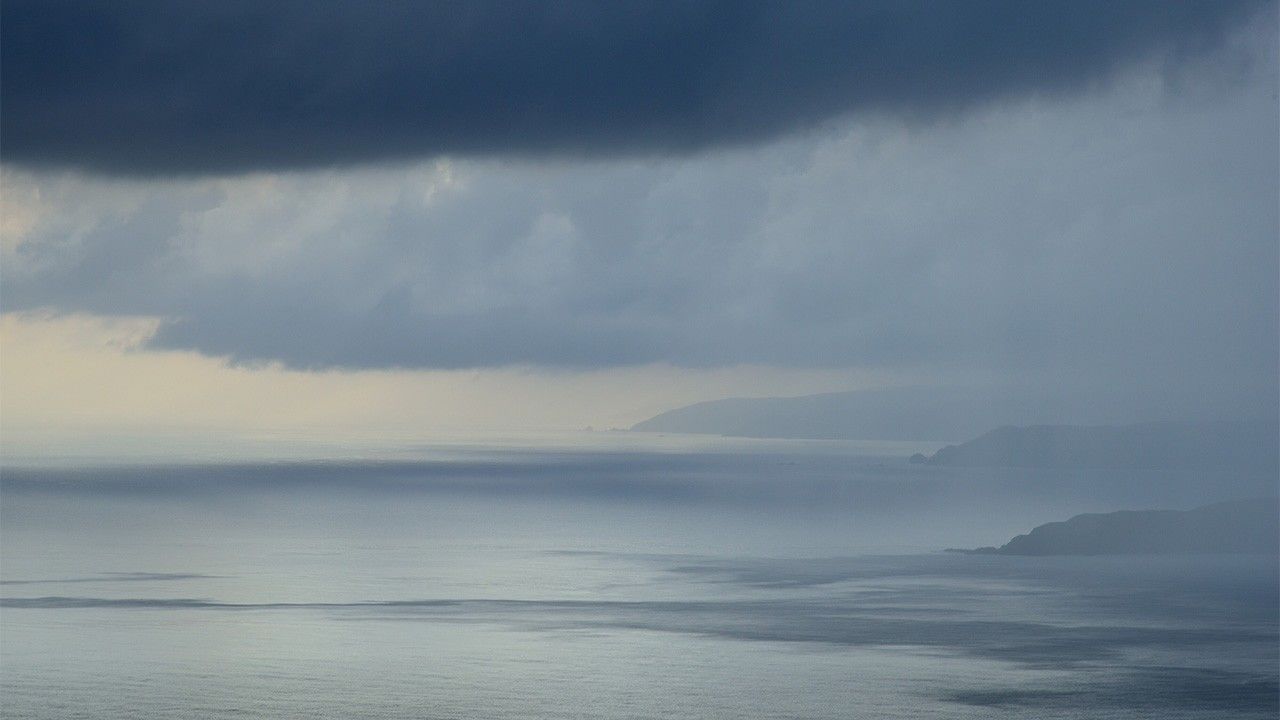
A Journey Through Japanese Haiku
Reading in the Rain
Culture Environment Lifestyle- English
- 日本語
- 简体字
- 繁體字
- Français
- Español
- العربية
- Русский
あはれさやしぐるる頃の山家集 素堂
Awaresa ya / shigururu koro no / sankashū
The sorrow of reading
Collection of a Mountain Home
in an autumn shower(Poem by Sodō, written in 1698.)
Sodō (1642–1716) was born in Kai province (now Yamanashi Prefecture). He traveled to Edo (now Tokyo) as a young man to study Confucianism, where he became friends with Bashō, two years his junior, through their shared love for haiku. He wrote the above haiku in memory of Bashō following his death in 1694. In the preface, Sodō describes how he had read aloud Sankashū (Collection of a Mountain Home) by the twelfth-century poet Saigyō to pay respects to his late friend, who had expressed his admiration of the work. It would have been typical to offer up Buddhist sutras in memory, but Sodō was a Confucianist and chose instead to read Saigyō’s waka.
Bashō liked the showers of late autumn and early winter, known as shigure in Japanese. These intermittent rains are blown in from the north and west by seasonal winds and symbolize the unreliable nature of human existence. Bashō wrote in one haiku: Tabibito to / wagana yobaren / hatsushigure (They’ll call me / a traveler— / first autumn shower), conveying how the word “traveler” was a fit description for someone who started a journey in the rain. He was drawn somehow to the forlorn feeling of trudging through such showers and getting wet. This also connected him with Saigyō, a lifelong traveler. Sodō linked the two together in his act of mourning.
(Originally published in Japanese. Banner photo © Pixta.)
literature haiku Matsuo Bashō Japanese language and literature